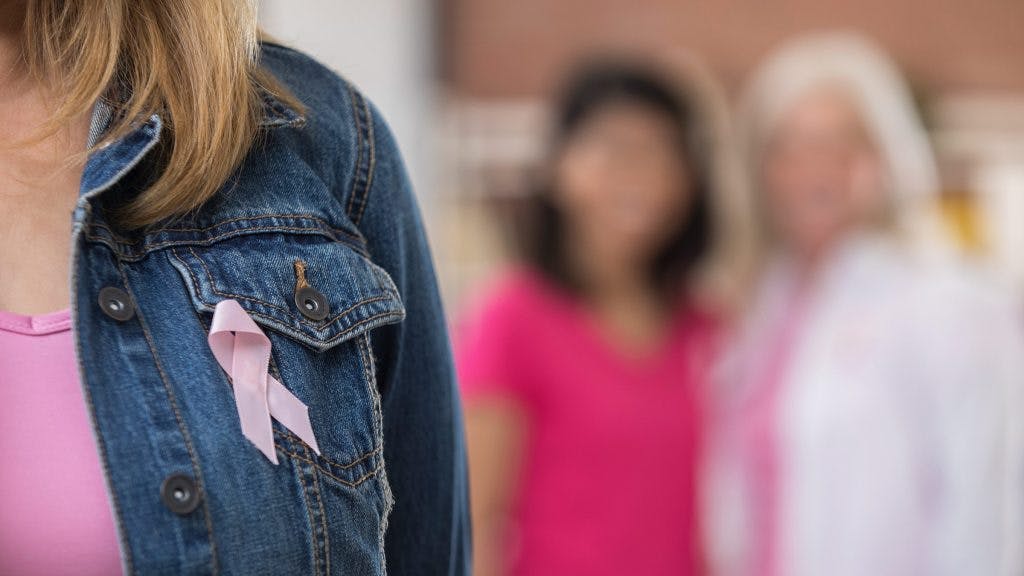Why is improving breast cancer care so important to us?

Every year, 2 million people learn they are living with breast cancer. It's the most commonly occurring cancer in women and the second most common cancer in the world.
That statistic alone is immediately a motivating factor for us to want to improve things, and we believe we can improve the standard of care by doing a number of things. Three things in fact.
As a company we have set ourselves the goal that our technology delivers on these three points:
1) That we can help spare women from potentially unnecessary or avoidable surgery
2) That we can improve surgery outcomes when surgery is required
3) That we can give more people around the world access to better care
Improving surgery
Thanks to improved breast cancer screening programmes many breast cancers are being caught early.
Early-stage breast cancer is cancer that is limited to the breast and/or regional lymph nodes. More than 90% of women diagnosed with breast cancer at the earliest stage survive their disease for at least five years, compared to around 15% for women diagnosed with the most advanced stage of disease.
At some point in their treatment, most women with early-stage breast cancer will undergo surgery, which is often combined with other treatments to reduce the risk of recurrence, such as radiation therapy, chemotherapy, hormone therapy, and/or targeted therapy.
Over the last decade, the treatment strategy for early breast cancer has improved, driving the need for more precise localisation technologies for women who do need surgery.
Early stage cancers require pinpoint accuracy
Early detection greatly improves treatment outcomes and survival rates for women living with breast cancer. Yet, it comes with a challenge: early stage cancer tumours can be very small and difficult to locate. During treatment physicians need to accurately pinpoint and locate the tumour to remove it in one piece.
The existing standard of care, known as 'wire guided localisation' has existed for 50 years, long before such small tumours were detectable with today’s technologies in mammography. So that means that while the technique is well practised, there can be some limitations.
We saw this as a golden opportunity to improve things - for the many thousands of women around the world having surgery each year.
Overcoming the limitations of wire-guided surgery
Many women with early-stage breast cancer have their tumour marked with a wire (also known as a guide-wire or hook-wire), placed in or near to their tumour on the day of surgery.
The approach, whilst still a worthy treatment method, can cause challenges for radiology and surgery departments scheduling operations, leading to delays.
Wires can also move between placement and surgery – between 20 and 50% of breast cancer patients undergoing wire-guided surgery need a second surgery to remove cancer left behind. Marking the tumour with a Magseed® marker instead has been shown to reduce the need for a second surgery down to between 6.5% and 12% across multiple studies.
Everyone is important
In just a few years, we're proud that our technologies have already been used to improve care for over 70,000 breast cancer patients at over 400 hospitals in more than 30 countries.
That's potentially thousands of women who have been spared an unnecessary 'second surgery' - meaning less time in hospital, less time away from their family, less time on recovery.